Introduction
Dumplings, a beloved culinary delight enjoyed across cultures, often find their way into refrigerators as leftovers or meal-prepped treats. Whether they’re juicy pork gyōza, vegetable-packed potstickers, or delicate steamed shumai, reheating them properly can mean the difference between a soggy mess and a restaurant-worthy meal. The microwave—a kitchen staple for its speed and convenience—is a go-to tool for many, yet achieving that coveted balance of tender wrappers and piping-hot fillings requires precision. This article delves into the science and art of microwaving refrigerated dumplings, exploring factors like wattage, dumpling type, and serving size to ensure your next batch is cooked to perfection.
Understanding the Basics: Microwave Wattage and Dumpling Dynamics
The first rule of microwave cooking is acknowledging that not all appliances are created equal. A compact 700-watt microwave will heat food far slower than a robust 1,200-watt model, making wattage a critical variable. To determine your microwave’s power, check the manufacturer’s label or consult the user manual. If unsure, a quick online search using the model number can provide clarity.
Refrigerated dumplings, whether store-bought or homemade, typically reside between 35–40°F (2–4°C). Their chilled state means they require gentle heating to avoid uneven cooking. Overzealous high power can lead to burst wrappers or dried-out fillings, while too little heat leaves them lukewarm. Striking the right balance hinges on adjusting both power levels and cooking durations.
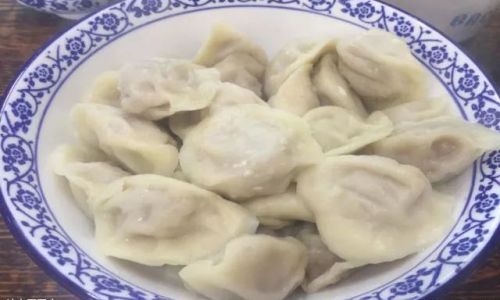
Factors Influencing Cooking Time
-
Dumpling Type and Size:
- Steamed vs. Pan-Fried: Steamed dumplings (such as har gow or siu mai) often have thinner wrappers and may cook faster than pan-fried varieties (like potstickers), which have a crispy base that softens during reheating.
- Filling Density: Meat-filled dumplings require slightly longer heating to ensure the protein reaches a safe temperature, whereas vegetable-heavy options may cook faster.
- Wrapper Thickness: Handmade dumplings with thicker dough need more time than machine-pressed alternatives.
-
Quantity:
A single layer of 6–8 dumplings will heat in less time than a densely packed plate. Overcrowding traps steam, leading to sogginess, so spacing is key. -
Container Choice:
Using a microwave-safe plate with a lid or damp paper towel helps retain moisture. Avoid plastic wrap directly touching the food, as it may melt.
Step-by-Step Guide to Microwaving Refrigerated Dumplings
Step 1: Preparation
- Arrange Dumplings: Place dumplings in a single layer on a microwave-safe dish. If reheating a larger batch, work in batches to maintain quality.
- Add Moisture: Lightly sprinkle 1–2 teaspoons of water over the dumplings or cover them with a damp paper towel. This prevents the wrappers from drying out.
Step 2: Power Settings
- Low-to-Medium Power (50–70%): Ideal for gentle heating. High power risks uneven cooking.
- Defrost Mode (If Available): Useful for slightly frozen dumplings, though refrigerated ones typically don’t need defrosting.
Step 3: Cooking Time
- 6–8 Dumplings (Standard Size):
- 700–900W: 2–3 minutes
- 1,000–1,200W: 1.5–2.5 minutes
- 10–12 Dumplings: Add 30–60 seconds to the above times.
- Larger Dumplings (e.g., xiao long bao): Increase time by 1–2 minutes due to thicker wrappers and soupy fillings.
Step 4: Check Doneness
- Touch Test: Gently press a dumpling; the wrapper should feel pliable, not stiff or mushy.
- Temperature Check: Insert a food thermometer into the filling—it should read 165°F (74°C) for meat-based varieties.
Step 5: Post-Microwave Finishing
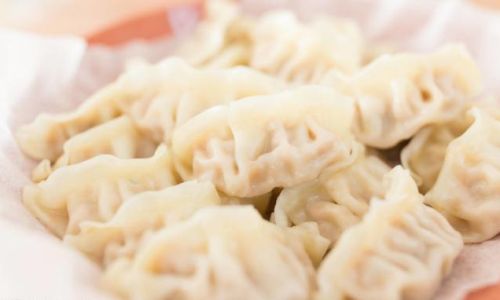
- Crisping (Optional): For pan-fried dumplings, transfer them to a skillet with a teaspoon of oil and fry for 1–2 minutes per side to restore crispiness.
- Resting Time: Let dumplings sit for 1 minute to allow heat to distribute evenly.
Troubleshooting Common Issues
- Soggy Wrappers: Over-saturation with water or overcooking. Use less moisture next time.
- Dry Fillings: Insufficient humidity during cooking. Ensure the damp paper towel is in place.
- Uneven Heating: Rotate the plate halfway through cooking or arrange dumplings in a circular pattern.
Advanced Tips for Gourmet Results
- Seasoned Water: Replace plain water with broth or a mixture of soy sauce and sesame oil for added flavor.
- Ice Bath Hack: For extra-crispy dumplings, briefly chill them in an ice bath before microwaving to firm up the wrappers.
- Hybrid Cooking: Microwave for 1 minute, then pan-fry for 1 minute to combine speed with texture.
Safety and Storage Reminders
- Refrigeration Timeline: Consume leftover dumplings within 3–4 days to prevent spoilage.
- Freezing: If microwaving frozen dumplings (not the focus here), increase time by 50% and use the defrost function first.
- Burn Prevention: Use oven mitts when removing hot dishes, and avoid steam burns by peeling back the paper towel carefully.
Comparing Microwaving to Other Methods
While the microwave excels in speed, alternative methods offer distinct textures:
- Steaming: Retains moisture but requires 5–7 minutes.
- Pan-Frying: Achieves maximum crispiness but takes 8–10 minutes.
- Air Frying: Crisps dumplings in 6–8 minutes at 375°F (190°C).
The microwave’s edge lies in its 3–4 minute total time, making it ideal for busy weeknights or office lunches.
Cultural Nuances and Regional Variations
Dumpling traditions vary globally, and so do reheating preferences:
- Japan: Gyōza lovers often prefer a quick microwave followed by a sear to maintain the crispy underside.
- China: Some regions advocate steaming refrigerated jiaozi to preserve their original texture.
- Eastern Europe: Pelmeni enthusiasts might toss reheated dumplings in butter for a rich finish.
Adapt these techniques to suit your palate, remembering that the microwave is a versatile canvas for culinary experimentation.
Conclusion
Mastering the microwave’s nuances transforms refrigerated dumplings from humble leftovers into a satisfying meal. By adjusting for wattage, quantity, and dumpling type, you can achieve consistency without sacrificing flavor or texture. Whether you’re a time-crunched professional, a college student, or a curious home cook, the microwave offers a gateway to enjoying dumplings at their best—anytime, anywhere. So next time you open your fridge and spy those leftover treasures, remember: a few minutes of mindful cooking can turn simplicity into sophistication. Bon appétit!
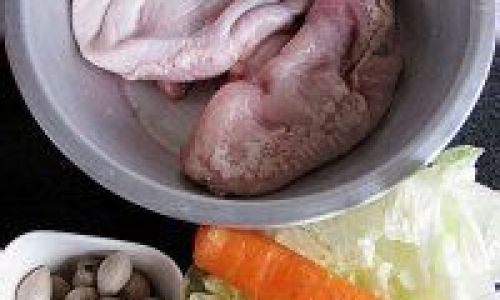
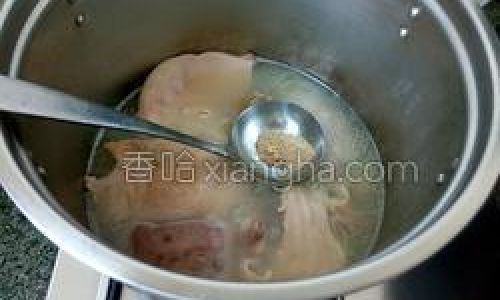
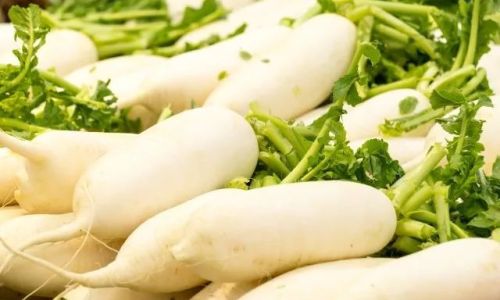

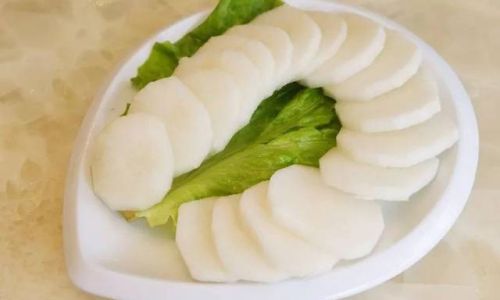
0 comments